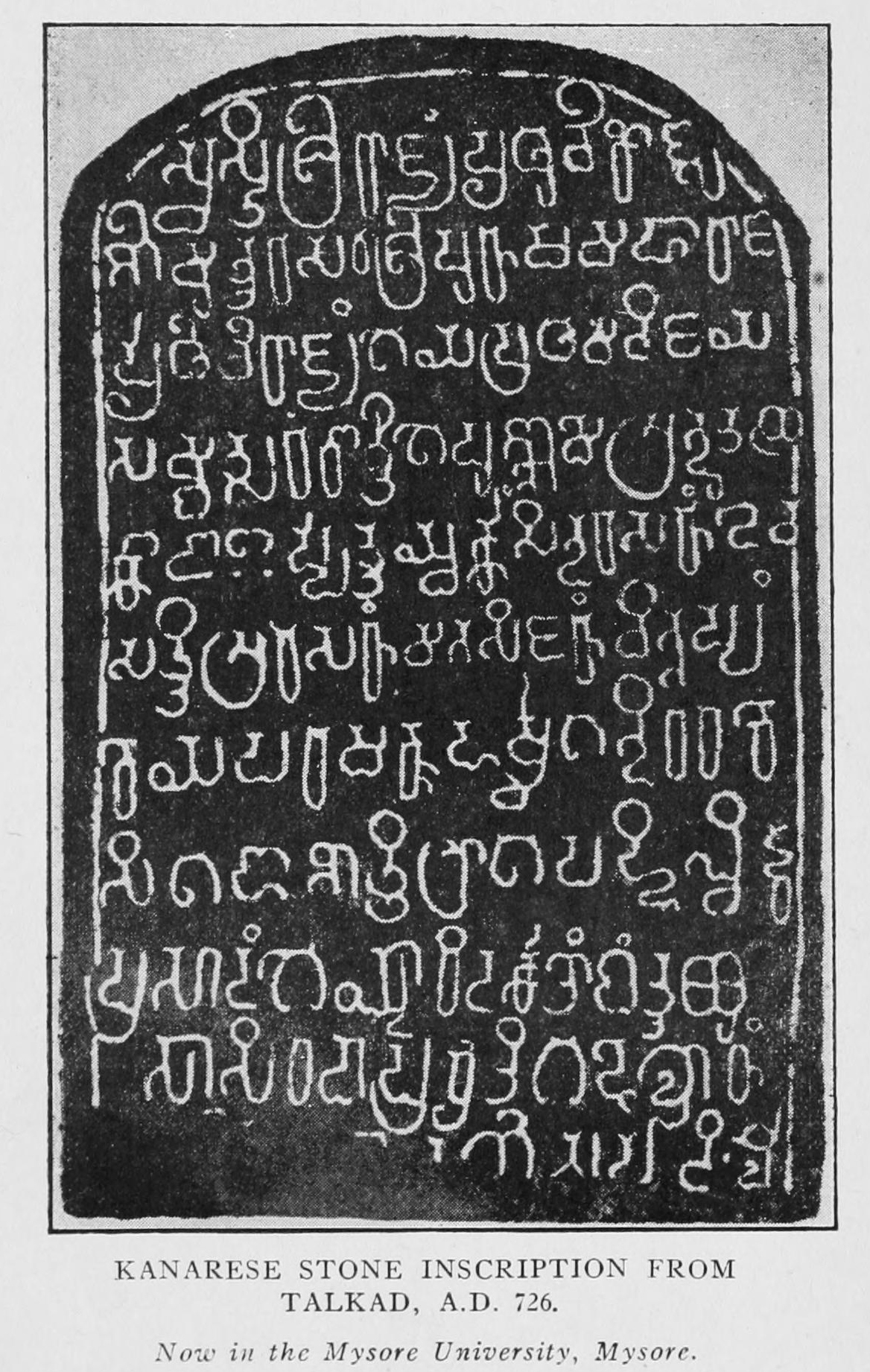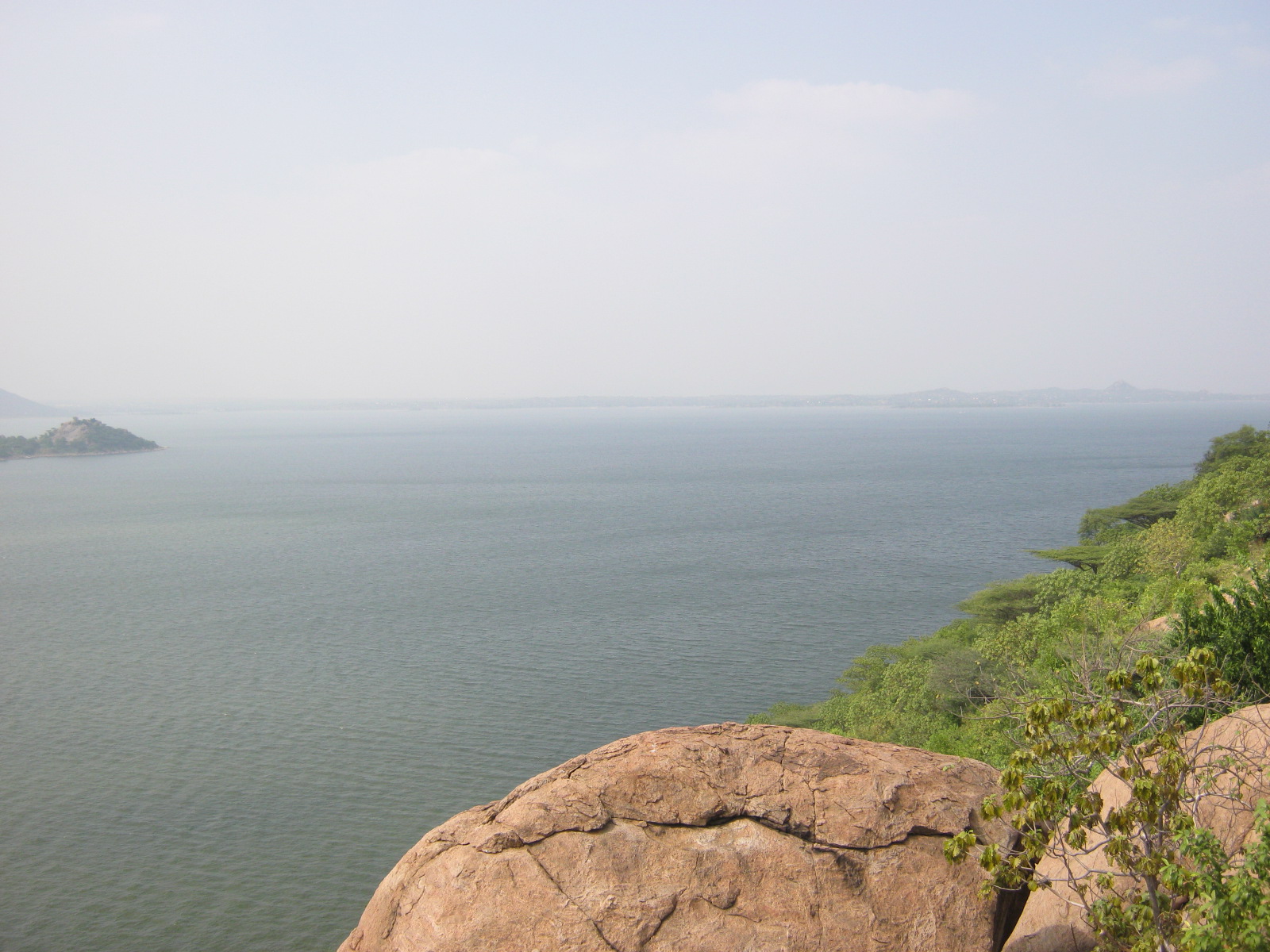|
Varagunavarman II
Varagunavarman II, also described as Varaguna II, was a king of the Pandya dynasty in south India whose reign lasted from c. 862 until c. 879 CE.Sastri, K. A. Nilakanta. (1958, second ed.) ''A History of South India from Prehistoric Times to the Fall of Vijayanagar.'' Madras, Oxford University Press. 165. Varaguna II was famously defeated by a contingent of troops led by Pallava king Aparajita around 879 CE. Background Srimara Srivallabha (r. c. 815—862 AD), the predecessor of Varaguna II, was defeated by the Rashtrakuta king Amoghavarsha (the battle of Arisil).Sastri, K. A. Nilakanta. (1958, second ed.) ''A History of South India from Prehistoric Times to the Fall of Vijayanagar.'' Madras, Oxford University Press. 153-54. Madurai was then sacked by the forces of the Lankan ruler Sena II.Noburu Karashima (ed.), ''A Concise History of South India: Issues and Interpretations.'' New Delhi: Oxford University Press, 2014. 88-89. Maya Pandya was installed on the Pandya throne ... [...More Info...] [...Related Items...] OR: [Wikipedia] [Google] [Baidu] |
Battle Of Thirupurambiyam
Battle of Thirupurambiyam was fought between the Pandya king Varagunavarman II and a confederacy of the Pallavas, Western Ganga Dynasty and the Medieval Cholas in about 879 CE near modern-day Kumbakonam. The Pandyas lost the battle with Varagunavarman II going into retirement. The battle is considered to be a turning point in the history of South India for it precipitated the fall of the Pallava and Pandya kingdoms and triggered the re-emergence of the Chola power in history after centuries of obscurity during Kalabhra rule. Causes At the dawn of the 9th century, the Pallava kingdom which had ruled most of South India for three centuries began to decline. Seizing the opportunity provided by weak Pallava rule, the Pandya king Varagunavarman tried to force the Pallava king Aparajitha into submission. The Chola king Vijayalaya, then a feudatory of the Pallavas, and his son Aditya Chola I, came to his assistance. Aparajitha was also assisted by the Western Ganga king Prithvi ... [...More Info...] [...Related Items...] OR: [Wikipedia] [Google] [Baidu] |
880 Deaths
88 may refer to: * 88 (number) * one of the years 88 BC, AD 88, 1888 CE, 1988 CE, 2088 CE, etc. * "88", a song by Sum 41 from '' Chuck'' * "88", a song by The Cool Kids from '' The Bake Sale'' * The 88, an American indie rock band * ''The 88'' (album), the 2003 debut album by New Zealand band Minuit * Highway 88, see List of highways numbered 88 * The 88 (San Jose), a residential skyscraper in San Jose, California, USA * The 88, a nickname for the piano derived from the number of keys it typically has * A Morse code abbreviation meaning "Love and kisses" * 88 Generation Students Group, a Burmese pro-democracy movement * 8.8 cm Flak 18/36/37/41, known as ''the eighty-eight'', a German anti-tank and anti-aircraft gun from World War II * ''88'' (film), a 2015 film directed by April Mullen, starring Katharine Isabelle * Atomic number 88: radium * The butterfly genus ''Diaethria'', which has an 88-like pattern on its wings * The butterfly genus ''Callicore'', which has an 88-like ... [...More Info...] [...Related Items...] OR: [Wikipedia] [Google] [Baidu] |
Western Ganga Dynasty
Western Ganga was an important ruling dynasty of ancient Karnataka in India which lasted from about 350 to 1000 CE. They are known as "Western Gangas" to distinguish them from the Eastern Ganga Dynasty, Eastern Gangas who in later centuries ruled over Kalinga (historical region), Kalinga (modern Odisha and Northern Andhra Pradesh). The general belief is that the Western Gangas began their rule during a time when multiple native clans asserted their freedom due to the weakening of the Pallava empire in South India, a geo-political event sometimes attributed to the southern conquests of Samudra Gupta. The Western Ganga sovereignty lasted from about 350 to 550 CE, initially ruling from Kolar and later, moving their capital to Talakadu on the banks of the Kaveri River in modern Mysore district. After the rise of the imperial Chalukya dynasty, Chalukyas of Badami, the Gangas accepted Chalukya overlordship and fought for the cause of their overlords against the Pallavas of Kanchi. ... [...More Info...] [...Related Items...] OR: [Wikipedia] [Google] [Baidu] |
Aditya I
Aditya I ( Tamil: ஆதித்த சோழன்) (c. 870/71 – c. 907 CE), the son of Vijayalaya, was the Chola king who extended the Chola dominions by the conquest of the Pallavas and occupied the Western Ganga Kingdom. Relations with the Cheras Friendly relations appear to have existed between the Cheras (the Perumals) and the Cholas during the reign of Aditya I.Ali, Daud. "The Death of a Friend: Companionship, Loyalty and Affiliation in Chola South India". ''Studies in History'', vol. 33, no. 1, Feb. 2017, pp. 36–60. The Chera contemporary Sthanu Ravi was a partner in Chola king Rajakesari Varma's campaign in Kongu country (central Tamil Nadu).Narayanan, M. G. S. ''Perumāḷs of Kerala''. Thrissur (Kerala): CosmoBooks, 2013. 435-437. King Rajakesari Varma can be identified either with Aditya or Srikantha Chola.Narayanan, M. G. S. ''Perumāḷs of Kerala''. Thrissur (Kerala): CosmoBooks, 2013. 436-37. It is known that Aditya I's son, Parantaka I Parantaka ... [...More Info...] [...Related Items...] OR: [Wikipedia] [Google] [Baidu] |
Kumbakonam
Kumbakonam (formerly spelt as Coombaconum or Combaconum) or Kudanthai is a city municipal corporation in the Thanjavur district in the States of India, Indian state of Tamil Nadu. It is located from Thanjavur and from Chennai and is the headquarters of the Kumbakonam taluk of Thanjavur district. It is the second largest city in the district after Thanjavur. The city is bounded by two rivers, the Kaveri River to the north and Arasalar River to the south. Kumbakonam is known as a "Temple town" due to the prevalence of a number of Hindu temple, temples here and is noted for its Mahamaham festival, which happens once in 12 years, attracting people from all over the country. Kumbakonam dates back to the Sangam period and was ruled by the Early Cholas, Pallavas, Mutharaiyar dynasty, Medieval Cholas, Later Cholas, Pandyas, the Vijayanagara Empire, Madurai Nayaks, Thanjavur Nayaks and the Thanjavur Marathas. It rose to be a prominent town between the seventh and ninth centuries AD, wh ... [...More Info...] [...Related Items...] OR: [Wikipedia] [Google] [Baidu] |
Kaveri
The Kaveri (also known as Cauvery, the anglicized name) is one of the major Indian rivers flowing through the states of Karnataka and Tamil Nadu. The Kaveri river rises at Talakaveri in the Brahmagiri range in the Western Ghats, Kodagu district of the state of Karnataka, at an elevation of 1,341 m above mean sea level and flows for about 800 km before its outfall into the Bay of Bengal. It reaches the sea in Poompuhar in Mayiladuthurai district. It is the third largest river after Godavari and Krishna in southern India, and the largest in the State of Tamil Nadu, which, on its course, bisects the state into north and south. In ancient Tamil literature, the river was also called Ponni (the golden maid, in reference to the fine silt it deposits). The Kaveri is a sacred river to the people of South India and is worshipped as the Goddess Kaveriamma (Mother Cauvery). It is considered to be among the seven holy rivers of India. It is extensively used for agricultur ... [...More Info...] [...Related Items...] OR: [Wikipedia] [Google] [Baidu] |
Sri Lanka
Sri Lanka (, ; si, ශ්රී ලංකා, Śrī Laṅkā, translit-std=ISO (); ta, இலங்கை, Ilaṅkai, translit-std=ISO ()), formerly known as Ceylon and officially the Democratic Socialist Republic of Sri Lanka, is an island country in South Asia. It lies in the Indian Ocean, southwest of the Bay of Bengal, and southeast of the Arabian Sea; it is separated from the Indian subcontinent by the Gulf of Mannar and the Palk Strait. Sri Lanka shares a maritime border with India and Maldives. Sri Jayawardenepura Kotte is its legislative capital, and Colombo is its List of cities in Sri Lanka, largest city and financial centre. Sri Lanka has a population of around 22 million (2020) and is a multinational state, home to diverse cultures, languages, and ethnicities. The Sinhalese people, Sinhalese are the majority of the nation's population. The Tamils, who are a large minority group, have also played an influential role in the island's history. Other long establ ... [...More Info...] [...Related Items...] OR: [Wikipedia] [Google] [Baidu] |
Anuradhapura Invasion Of Pandya
The Sack of Madurai in 862 was a military expedition led by the Anuradhapura King Sena II, whose army under the command of general Kuttaka, invaded the region of Pandi Nadu and seized Madurai, the capital of the Pandya Empire then ruled by Srimara Srivallabha. The invasion ended in victory with Varagunavarman II being crowned as the king of Pandyas by general Kuttaka. Background War between the Pandya and Anuradhapura kingdoms begun during the reign of Sena I of Anuradhapura. Sena I later, entered negotiations with the Pandyans, and Srimara Srivallabha, who invaded Anuradhapura, left. Pandya was also at war against the Cholas, who made an alliance with the Hoysalas and Eastern Ganga, to defeat the Pandyans led by Srivallabha. Invasion of Pandya Sena II, King of Anuradhapura, a royal namesake, invaded the Pandya kingdom in 862 with a powerful naval force. The invading force entered the city of Madurai, and sacked it. Sena II asked the commander of the expeditionaries, Kut ... [...More Info...] [...Related Items...] OR: [Wikipedia] [Google] [Baidu] |
Nripatunga
Amoghavarsha I (also known as Amoghavarsha Nrupathunga I) (r.814–878 CE) was the greatest emperor of the Rashtrakuta dynasty, and one of the most notable rulers of Ancient India. His reign of 64 years is one of the longest precisely dated monarchical reigns on record. Many Kannada and Sanskrit scholars prospered during his rule, including the great Indian mathematician Mahaviracharya who wrote ''Ganita-sara-samgraha'', Jinasena, Virasena, Shakatayan and Sri Vijaya (a Kannada language theorist). Amoghavarsha I was an accomplished poet and scholar. He wrote (or co-authored) the ''Kavirajamarga'', the earliest extant literary work in Kannada,Sastri (1955), p. 355. and ''Prashnottara Ratnamalika'', a religious work in Sanskrit. During his rule he held titles such as ''Nrupathunga'', ''Atishadhavala'', ''Veeranarayana'', ''Rattamarthanda'' and ''Srivallabha''. He moved the Rashtrakuta regal capital from Mayurkhandi in the Bidar district to Manyakheta in the Kalaburagi distric ... [...More Info...] [...Related Items...] OR: [Wikipedia] [Google] [Baidu] |




_from_Nilgund_of_Rashtrakuta_King_Amoghavarsha_I.jpg)